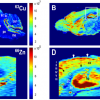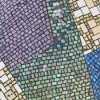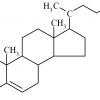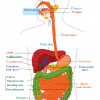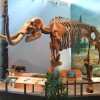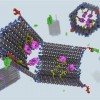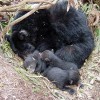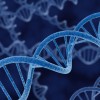Evolution – Got Milk?
After asking students during a lesson on mutations if it is possible that a mutation in DNA could be good, most students will nod yes without much understanding. Recently, I finally had one student raise his hand immediately and answer the question (with extreme surprise that no other students were blurting out the answer)…”evolution!” He was able to make the connection between changes in DNA that are building up over time, and how that change can possibly make that organism better in some way. If it helps the survival of an organism, that mutation is going to stick around and get passed on to its offspring. Most students still lose the idea that these mutations are random, and depending on the environment that the organism lives in, there will be different pressures that select which is the “best” or “better” trait.
While most students don’t fully grasp this idea, there are a few examples we can use that can help to explain this. I have always used examples of giraffes and the development of long necks, or antibiotic resistance in bacteria, but these seem to be a bit out of the realm of many 5th grade students. So what better example than ourselves!
During another lesson, I introduced the development of lactase persistence, or having the ability to drink and eat dairy products past infancy. Digesting the sugar in milk (lactose) is dependent on whether or not the cells of your small intestine are producing the enzyme lactase. Lactase is responsible for breaking lactose into smaller components that then get absorbed into the bloodstream. For mammals that get milk from mother early in life, this enzyme is essential. Would a mutation in the DNA that would allow a cell to continue to make lactase past infancy be beneficial? It all depends on which population of humans you ask.
If it is a population of humans that began drinking the milk of other animals after the development of agriculture, like those of Northern European descent, it would be selected for. These populations now show the highest frequency of lactase persistence among all human populations. If dairy was not a part of your diet after infancy, this mutation wouldn’t be considered beneficial and would not have been selected for, such as in African, Asian and South American populations.
So, when teaching evolution and the changes that we see in species over time, it is nice to be able to give an example that we can see in humans. Using an example that is a recent development in humans over the last 10,000 years, may help students to understand this concept better, and apply it across any species.
| Print article | This entry was posted by Jennifer Galasso on February 17, 2012 at 4:09 pm, and is filed under Your Genes, Your Health. Follow any responses to this post through RSS 2.0. You can leave a response or trackback from your own site. |


